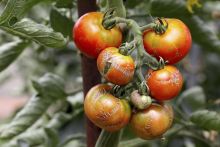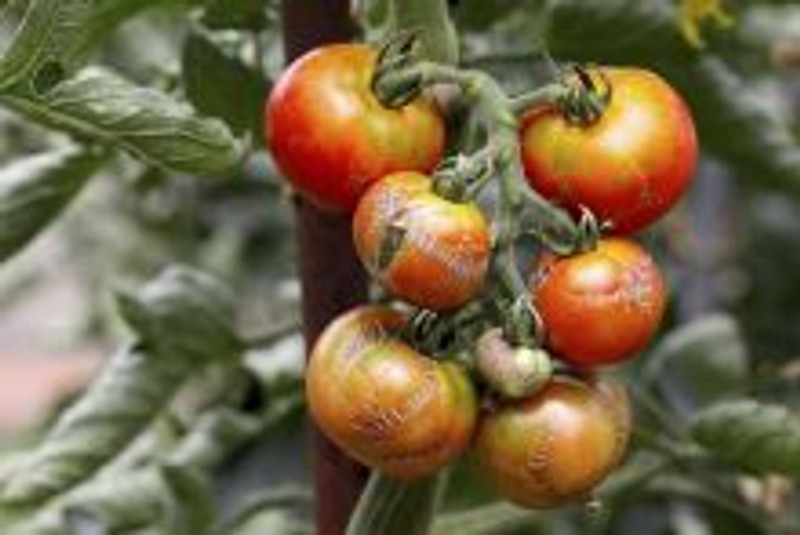
Thursday, October 23, 2014
More than 440,000 acres of food crops – including potatoes, peas, grapes and tomatoes – could soon be in the toxic spray zones of a weed-killing chemical linked to Parkinson’s disease and reproductive and immune system problems, now that the Obama administration has approved a new herbicide for widespread use, an EWG analysis shows.
Dow AgroScience’s new weed killer combination of 2,4-D and glyphosate, marketed as “Enlist Duo,” may do more than wreak havoc on human health and the environment and put school children at risk. The herbicide also poses a danger to nearby food crops susceptible to damage caused by 2,4-D.
Fruit and veggie farmers already know that 2,4-D doesn’t always stay where it’s sprayed. Those who learned the hard way have lost crops or even their organic certification to the chemical trespassing known as “drift.” Because 2,4-D kills broadleaf plants – and doesn’t distinguish between weeds and crops with broad leaves – many fruit and vegetable varieties grown near fields sprayed with 2,4-D are vulnerable to drift damage.
EWG’s nationwide analysis looked at food crops known to be sensitive to 2,4-D that are being grown next to corn and soybean fields. The table below shows the most common of them along with estimates of how many acres are planted close to corn and soybean fields – which may very well soon see an increase in 2,4-D spraying.
Food Crops Closest To Corn and Soybean Fields


